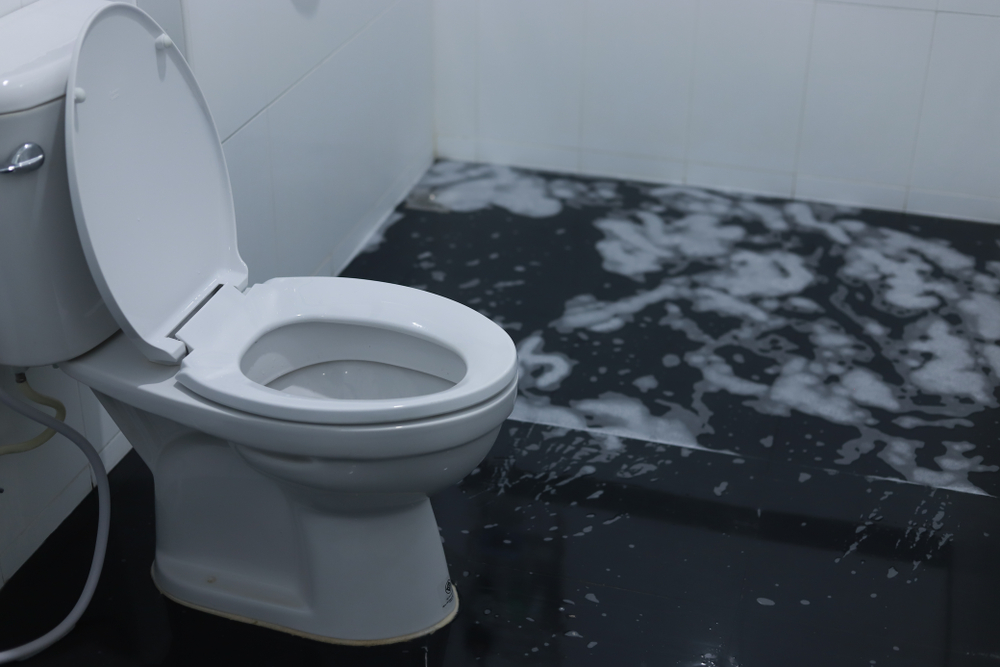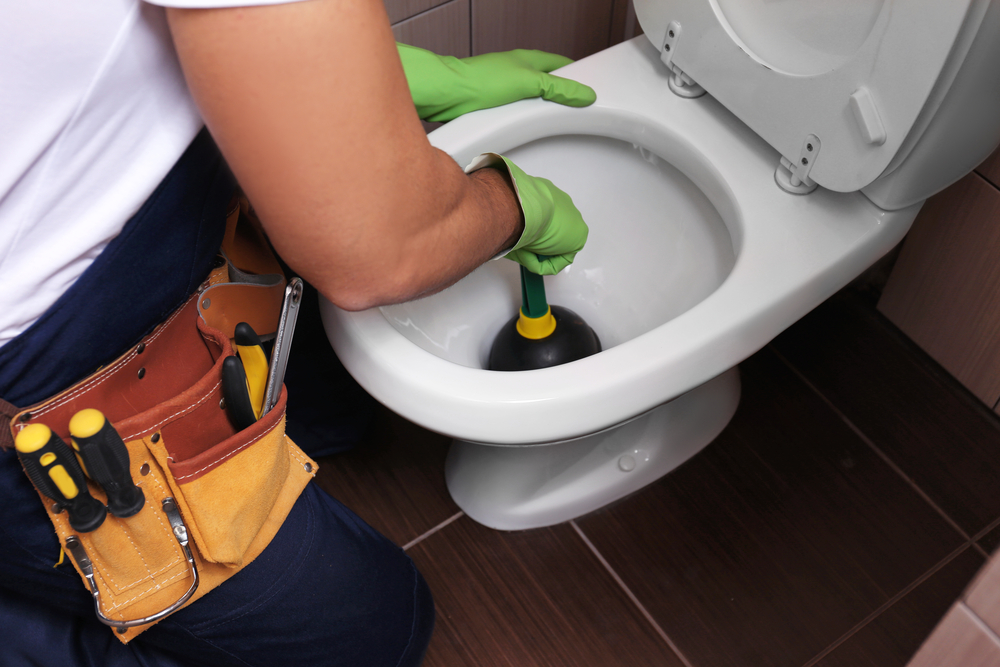
The flush valve may be jiggled in an attempt to fix a toilet that won’t stop running after the normal flush cycle, but it’s not always effective. These suggestions won’t help you, but you can take care of a running toilet by following a few simple steps. After determining the root cause, you can then take action to stop the toilet from running.
We strongly advise you to call a professional plumber to inspect the situation because your toilet may have other problems that require repair and maintenance. If you don’t have a professional to inspect your toilet for you, you can still do it yourself! Here are a few things you can do while you wait for a plumber to come and fix your running toilet. When the tank’s overflow tube leaks into the bowl, it is one of the most common causes of a running toilet. When the tank is overflowing, this happens. Adjusting the height of the float allows you to change the water level. The float arm in a toilet can be lowered by loosening or tightening the screw. In order to decrease water pressure in a toilet, loosen the screw or clip, lower the float, and then retighten everything.
The most common cause of a running toilet is a worn-out flapper, which should be replaced as soon as possible. This constant flow of water from the tank into the bowl is caused by flappers that have lost their ability to seal properly as they age. It’s easy to swap out the old flapper with a new one from your local hardware store. Detach the chain and remove the flapper from the pins on the side of the overflow tube to replace the old one. To attach the new one, connect the chain and connect the sides to the pins. Before installing a new flapper, drain the tank. To drain the water, turn off the toilet’s water supply and flush the toilet. Shortening the chain on the new flapper may be necessary if it’s too long. As a result, the toilet will continue to flush if the flapper is long enough to get caught under the flapper. Your toilet may be running because of a problem with the overflow tube, which can occur if the refill tube is too long, and the overflow tube isn’t properly positioned. If you want to shorten a refill tube, pull it out of the overflow and hold it above the overflow’s opening, then trim it off there and clip a piece to it to hold it in place. The refill valve creates a suction effect, which pulls water out of the fill valve, which is why the toilet runs.
Toilets have few moving parts, no motors, and no need for electricity to function. There hasn’t been much change in their operation in the last few hundred years. However, despite their apparent simplicity, toilets continue to baffle many, perhaps due to the fact that the majority of their working parts are tucked away inside the tank. Take the lid off your toilet tank, put it away, and inspect all of its parts. As a rule of thumb, 95 percent of homeowners have a flush toilet. Flush Rod and Handle, the flushing process is aided by the combination of these two components. There is a rod attached to a wire or chain that connects the handle. The metal or plastic mounting nut found in the tank can be used to tighten these handles if they become loose. To avoid stripping the threads, turn the mounting nut counterclockwise before tightening. Lift Chain or Wire, Chain or wire is used to connect the rod to the tank’s bottom. The toilet flush valve is opened by the lift chain or wire, allowing the water in the tank to escape and enter the bowl. If you’re experiencing flushing issues, it’s possible that your lift chain has broken or tangled, so check it out. Flapper. The flush valve is covered by a rubber flapper that is attached to your lift chain. Toilets with tank balls are common in older homes. Observing the flapper when your tank is full may be difficult, but once you flush the toilet and see it in action, you’ll understand how it works. Your tank’s water rushes into the bowl when the flapper is lifted off the flush valve by the handle and lift chain. When the flappers wear out or become misaligned, water leaks into the toilet bowl after flushing. Toilets that run nonstop are frequently the result of faulty flappers. Flush Valve, the flush valve is the metal or plastic component found at the tank’s bottom that forms the opening that the water travels through when the toilet is flushed. Overflow Tube, If the water supply does not shut off, the overflow tube prevents the tank from overflowing with water. The overflow tube collects any excess water that spills out of the bowl in the event of an overflow. And lastly the Float cup, as soon as water levels in the tank reach a predetermined level, the float cup cuts off the water supply. It’s possible that your toilet has a floating ball instead of a pivot arm that connects to the water supply valve if it’s older. There are a number of newer toilets that have the supply valve’s vertical shaft connected to a floating cup. It is possible to alter the water level in your tank by adjusting this floater device.

